There’s something special about risotto. Every spoonful of this gooey deliciousness can unleash a stream of happiness in the body. Whether you’re on a night alone at home – or having a date in a swanky Italian restaurant – risotto be the ideal companion. But is risotto gluten free?
Risotto is made with rice, cheese, butter, and broth. Unless thickeners are added to the recipe or the broth, it should be gluten free. Additives or other ingredients may add gluten to risotto in restaurants and packaged products. Cross-contamination is also a noteworthy possibility.
So, if you have celiac disease or gluten sensitivity, you may need to be extra careful before consuming the product. How will you ensure that? Let’s find out about risotto and the possibility of gluten content in it.
Table of Contents
Is Risotto Gluten Free?
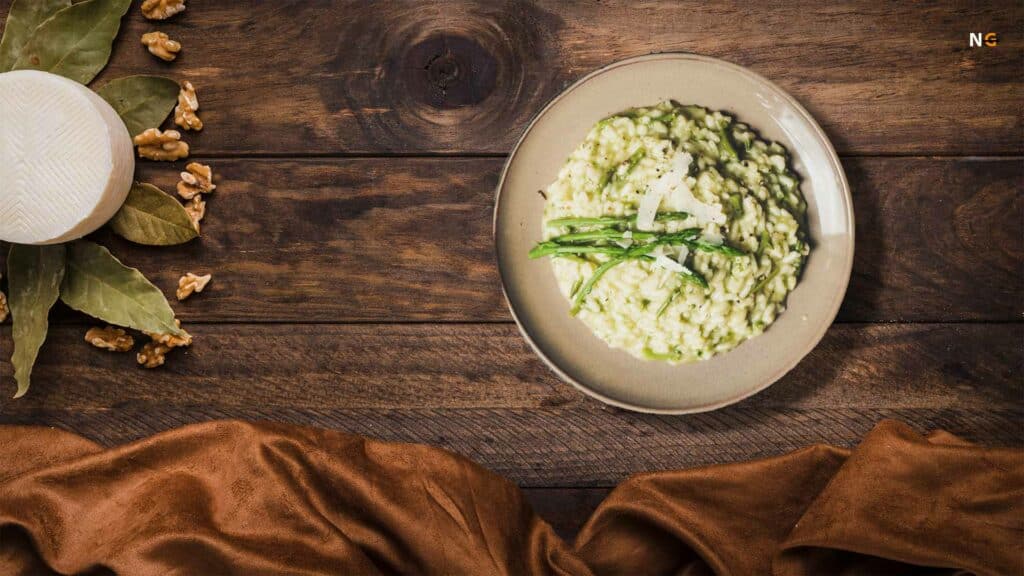
Risotto, a soul-soothing delicacy from Northern Italy, is a creamy delicacy made with cheese, arborio rice, and broth. A traditional risotto recipe will not require a texturizer or thickener to get the signature texture of the dish. It may contain other ingredients like veggies, protein, etc., along with spices and aromatics.
Let’s look at the key ingredients. High-quality, plain, and full-fat cheese are naturally gluten free. But processed cheese, flavored cheese, or any cheese variety modified to be low-fat, low-salt, etc., may have gluten. Risotto also contains butter to enhance its richness. That is another inherently gluten free ingredient.
Another ingredient is broth, usually loaded with the richness of vegetables or the nutrients from animal proteins, bones, and carcasses. It is usually gluten free. But sometimes, it can have wheat, yeast extracts, etc. Additives like thickeners, texturizers, flavoring agents, etc., may add gluten content to your risotto.
The next ingredient is rice, or more specifically arborio rice, which is inherently gluten free. So you should ideally be safe. But during its packaging, storage, and shipping, it may come in contact with gluten grains and end up with some gluten content due to cross-contamination.
This should not be a problem if the grains are washed properly. However, many cooks prefer not to wash arborio rice too much for fear of losing the starch content that’s essential for risotto’s texture. If the rice is not cleaned properly and it has been exposed to gluten grains, your risotto will have trace gluten.
Arborio rice may not always be readily available unless you’re in Italy or have access to a well-stocked Italian grocery store. Many people replace it with pearled grain because it releases starch. Sometimes, wheat berries are also used for the same reason. As a result, gluten gets added to risotto because of these alternative recipes.
Other ingredients that often go into risotto include spices, aromatics, and herbs. Saffron, garlic, cardamom, parsley, rosemary, etc., can be used. Wine is another incredible ingredient that adds a whole new dimension of flavor to risotto. Some recipes call for mushrooms.
What kind of popular Italian ingredients can go into risotto depends on the creativity and imagination of the cook. When original ingredients are used instead of flavoring agents, the risk of adding gluten to the item because these are usually naturally gluten free.
Using the right amount of broth at the right time helps release the starch from the rice, while the cheese makes it gooey and inviting. Hence, if you have the time and patience to slow-cook risotto using an original recipe, you don’t need any gluten- or wheat-based texture enhancer.
A good Italian restaurant might consider it blasphemy to do so. But packaged risotto, usually formulated to whip up the dish quickly, may contain texture enhancers and thickeners, which are likely to contain gluten. The same goes for the flavoring agents, preservatives, etc., that it may have.
Cross-contamination is also a possibility in packaged risotto’s manufacturing, packaging, and processing units if the facilities handle gluten-containing products or ingredients. Cross-contamination can also happen during the dish’s preparation in the kitchen – in your home or at a restaurant. Shared cooking and serving utensils are usually the culprits here. By any chance, you wanted to know Is Sushi Rice Gluten Free, you can look ar that.
Is Risotto Healthy?
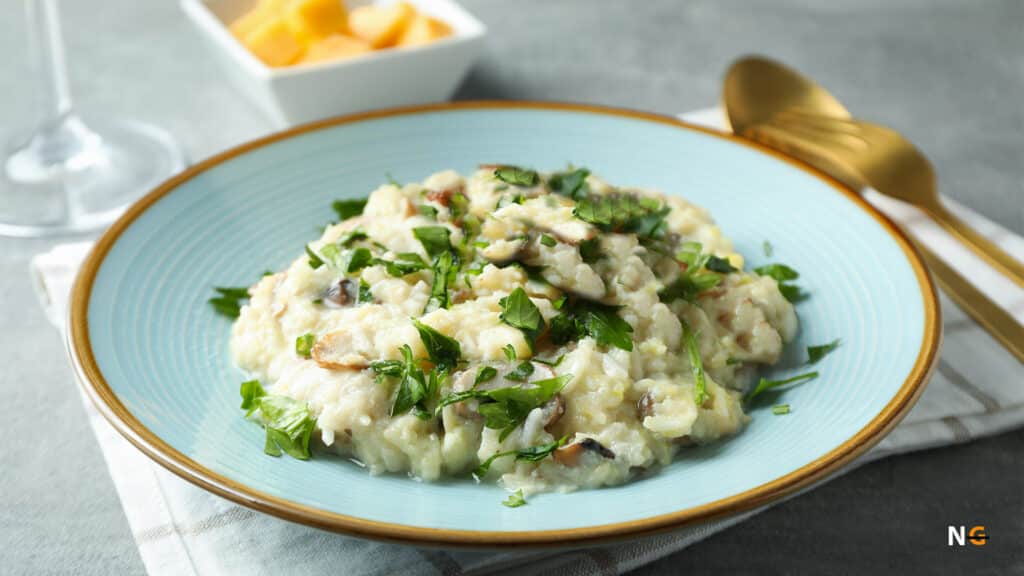
We all know that risotto is delicious. It just makes us feel so satisfied and happy when we eat even a single morsel of it. But you’ll be surprised to know that it’s not just the taste that takes us to heaven. Did you know that carbs can boost the serotonin level in your body and make you serene and happy? But wait! So does cheese!
Thus, risotto doesn’t just make your taste buds happy. It also affects your body and makes you physically happy! And what happens when you feel happy? You get rid of anxiety and depression. You sleep better, too! So risotto can undoubtedly take care of your mental health and add balance to your life.
Risotto also positively affects the brain because it contains GABA, thanks to arborio rice. Besides relaxing the brain, GABA has a protective impact on the brain and can keep away the damaging effects of amino acids, which may be associated with Alzheimer’s disease. GABA may also cover up protein deficiency to some extent.
However, it certainly isn’t for daily consumption. That’s also for the same ingredients, i.e., cheese and rice. While cheese is high in fat content, rice adds a large quantity of carbs to the recipe. Plus, risotto contains butter, an additional source of fat. So, you can understand that a single serving of risotto has lots of fat and carb content. A 50 g serving has around 350 calories!
If you exercise regularly, you can afford to indulge in risotto now and then. It certainly cannot be a part of a strict diet plan and can be restricted to cheat days. But if your lifestyle doesn’t accommodate calorie-burning activities, your risotto intake frequency should be nothing more than occasional.
You should also remember that the carb content in risotto is in refined form, which isn’t exactly healthy. There’s hardly any other healthy nutrient in it, like proteins. Carbs and fat are not enough for a balanced diet, after all. The presence of cheese, i.e., dairy, can trigger allergic reactions in people with lactose intolerance.
Gluten-Free Risotto Mix Brands
Cooking risotto at home can be an energy- and time-consuming process. It needs constant monitoring to get the best texture. So what will you do if you crave risotto but don’t feel like making it? You can pick a risotto mix from the market!
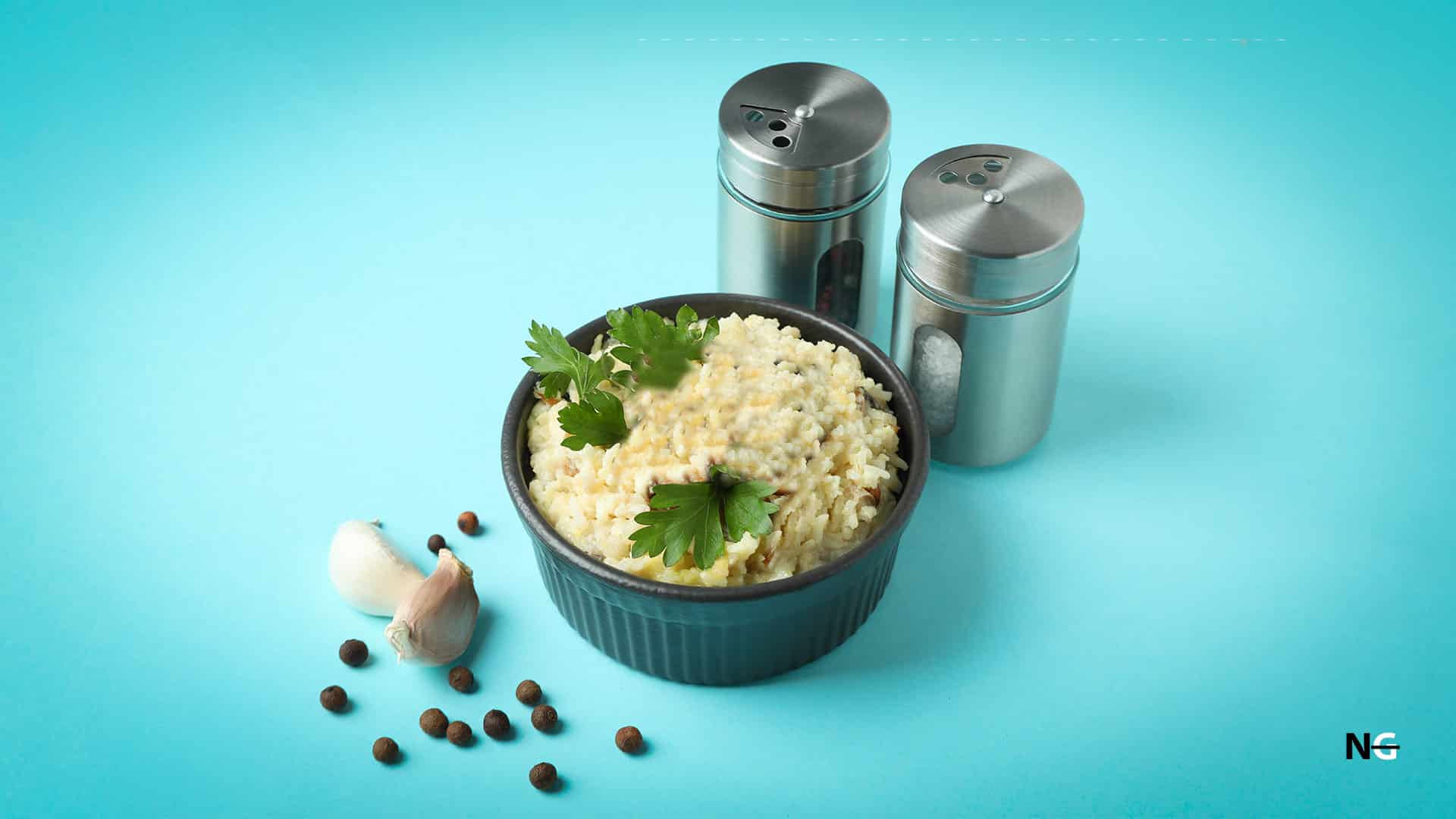
A purist might not even consider “risotto in a package” real. But it is the next best thing when you can’t have a pro chef cook risotto for you. But like all store-bought packaged foods, ready-to-cook risotto mixes may contain gluten. Check the ingredients label to check if it contains gluten ingredients. You can also pick one of the trusted gluten free risotto mix brands –
a) Lundberg:
Lundberg risotto proudly shows off the gluten free label from GFCO. Thus, it is clear that whenever you want to fix a quick but indulgent meal, this brand is a healthy choice. It offers six traditional recipes and three other sprouted risotto mixes – all having less than 10 ppm gluten.
b) Roland Food:
Roland Food’s risotto is popular among people with celiac disease or gluten intolerance. It does not contain a gluten free seal but is marketed that way. The brand offers six risotto mix varieties – and it claims that all of these products have less than the permissible gluten level, i.e., 20 ppm.
c) Stonewall Kitchen:
You can choose between two delicious varieties of risotto mixes provided by Stonewall Kitchen. They are not labeled gluten free but are made using naturally gluten free ingredients, as assured by the brand on its website. There’s no complaint of allergic reactions recorded so far.
Gluten-Free Risotto Recipe
Cuisine: ItalianDifficulty: Harder4
servings20
minutes45
minutes247
kcalIf you want to make some delicious risotto at home and ensure that it’s absolutely gluten free, you need two things. The first thing is clean cooking utensils. What’s the other thing? A gluten free risotto recipe, of course! Don’t worry, because we have you covered!
Ingredients
Arborio rice (or any high-starch rice) – 1 ½ cups
Chicken broth – 2 cups
Parmesan (grated) – ¼ cup
Butter – 2 tbsp
Parmesan (grated) – ¼ cup
Onions (medium) – 1 piece
Garlic: 3 cloves
Dry white wine (or apple juice) – ½ cup
Water (warm) – 1 cup
Parsley (chopped) – As desired
Salt and pepper – To taste
Directions
- Take a large skillet and set it on medium-high heat. Add butter and melt it.
- Add chopped garlic and onions to the skillet and start sweating them.
- Keep stirring until they become soft. Reduce the heat to medium.
- Add wine or apple juice to the skillet. Let it simmer and continue to stir.
- Once the liquid evaporates, add rice. Stir it and cook it uncovered for 5 min.
- Keep stirring frequently until the edges of the grains become translucent.
- In a different bowl, put broth and water and mix properly.
- Add ½ cup of this mixture to the rice and cook without the lid.
- Continue to stir until the liquid gets absorbed by the rice.
- Add another ½ cup of the broth mixture and stir till it reduces.
- Continue to repeat the step until you exhaust all the broth mix.
- Once you have tender rice grains with a creamy base, add grated cheese.
- Give everything a good mix, so the cheese melts and mixes with the rice.
- Add chopped parsley, freshly ground black pepper, and salt as required.
- Give the rice one last mix – and remove from the heat.
Recipe Video
Notes
- Your delicious gluten free risotto is ready! Serve it hot with a sprinkling of more chopped parsley and grated parmesan. This is a fabulous elementary recipe to which you can add anything from mushrooms to chicken, from saffron to tarragon.
Final Words
Because of the creamy, thick texture of risotto, you may have wondered, “Is risotto gluten free?” Well, now you know the answer. This dish is naturally gluten free. If you purchase packaged risotto mixes, check the ingredients on the label or choose a certified or trusted brand. You can also make it at home to be absolutely safe!
FAQ’s
Is Risotto vegan?
In a traditional risotto recipe that’s genuinely Italian, cheese is an essential ingredient – and so is butter. Since both are derived from animals, risotto is not vegan, though these are vegetarian ingredients. But there are many modern vegan recipes that use plant-based cheese and butter alternatives.
Is Risotto dairy free?
Risotto is usually loaded with cheese and butter. Both of them are made from milk. Thus, if you follow any popular risotto recipe, you’ll likely start cooking by melting butter and end the process with lots of grated parmesan cheese. Of course, you can choose to eliminate both and use dairy-free substitutes.
Can you use Jasmine rice or Basmati rice for risotto?
Risotto is made using arborio rice, which is high in starch content. You can use other starchy rice grains as alternatives. The best options are vialone nano rice and carnaroli rice. You can also try farro, baldo, etc. However, we suggest avoiding long-grained variants like Jasmine rice or Basmati rice.
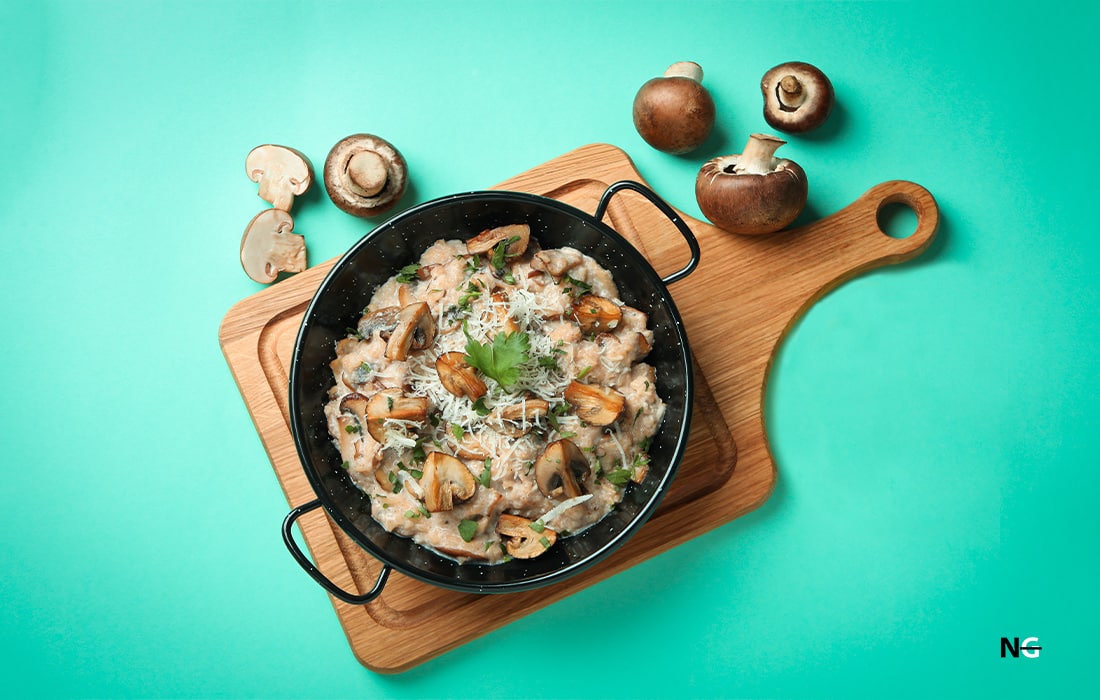
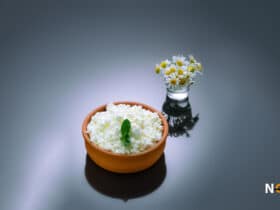

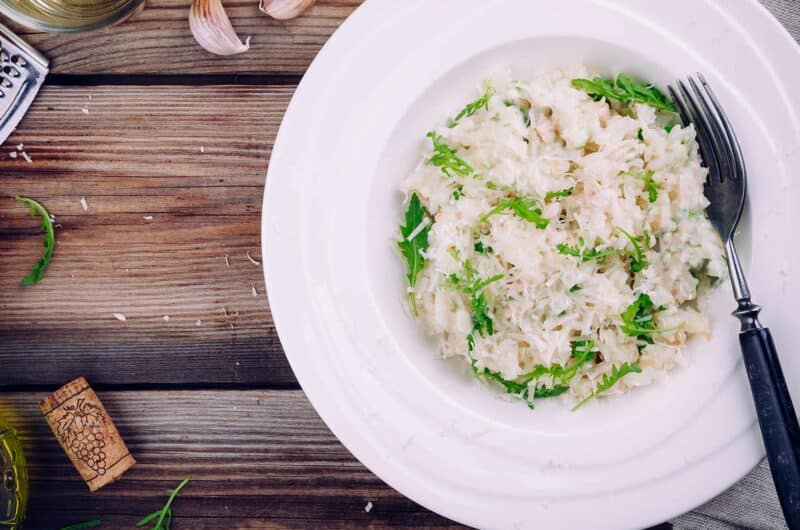
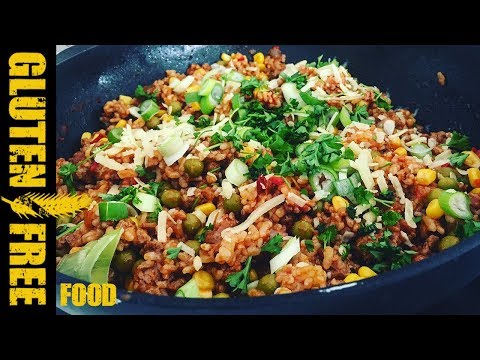





Leave a Reply
View Comments